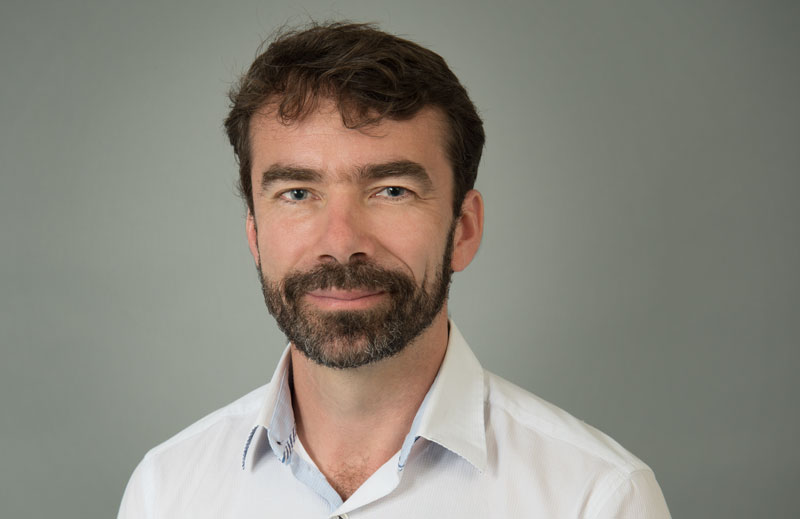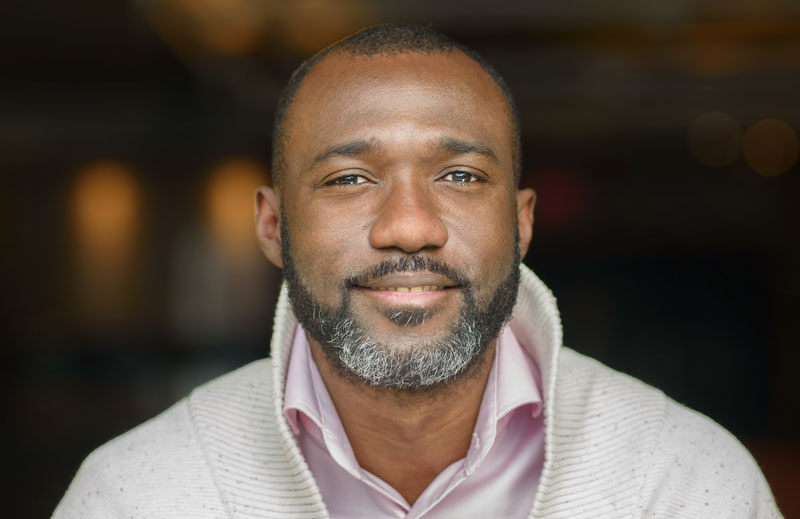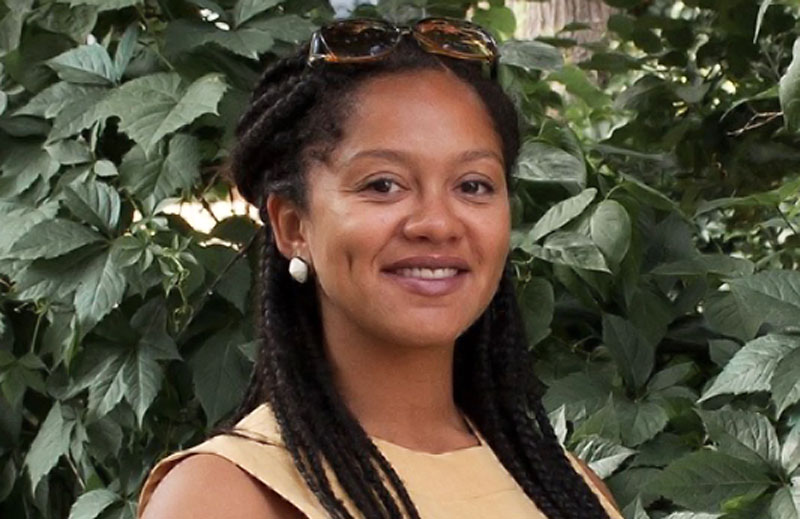Understanding EDI

Each member of our community has a part to play in making HEC Montréal an open and respectful campus. To do that, we must learn to recognize, welcome and talk about diversity.
Diversity is all of us
Diversity is a broad concept that refers to our differences and the plurality of our experiences.
This can refer to many different characteristics, such as ethnicity, religion or belonging to a racialized group. But it also includes age, social condition, disability, gender identity or expression, language, sexual orientation, political beliefs, and sex, to name a few.
Faculty and staff: our diversity
In May 2020, HEC Montréal conducted a voluntary survey to gain a clearer picture of the diversity of its faculty and staff. The survey was sent to 1,369 people, and roughly 75% of them completed it.
| Women | 56% |
| Persons with disabilities | 5% |
| Indigenous persons | 0.3% |
| Visible minorities | 18% |
| Ethnic minorities | 7% |
| Sexual and gender diversity | 6% |

"An EDI approach is a winning approach to create a learning environment that fosters exchange and meaningful connections. We are among the most committed to this cause."
Finding belonging and achieving our potential
Equity
Equity guarantees fair treatment and equal access to employment or career advancement opportunities. It also refers to the efforts made to identify and eliminate barriers to inclusion.
Inclusion
Inclusion is the action of creating and nurturing environments where each individual feels welcomed and respected in their differences, so that all people can participate fully in the School’s activities and their community.

“HEC Montréal trains the leaders of tomorrow. That’s why it’s important for us to welcome and include them today, with all the care that we expect them to show the world in the future.”
Simple behaviours to adopt
In adopting an EDI policy, HEC Montréal is making a sincere statement about our desire to offer a welcoming and respectful campus to our community. It’s up to us to fulfill these commitments in our relationships with others. Find out how to do it

“Building an open and tolerant community that includes all types of diversity!”
EDI: Finding the words
Talking about EDI requires the frequent use of certain terms: racism, microaggressions, unconscious bias, intersectionality and more. There are many resources available that explain what these terms mean. To get started, check out this EDI glossary from UBC.

“I am a woman of African descent, an immigrant, neurodivergent, a professional, a student and a mother. My intersectionality has infinite layers, each with its own issues. I must examine them one by one to understand my place in the world and to transcend unconscious biases.”
